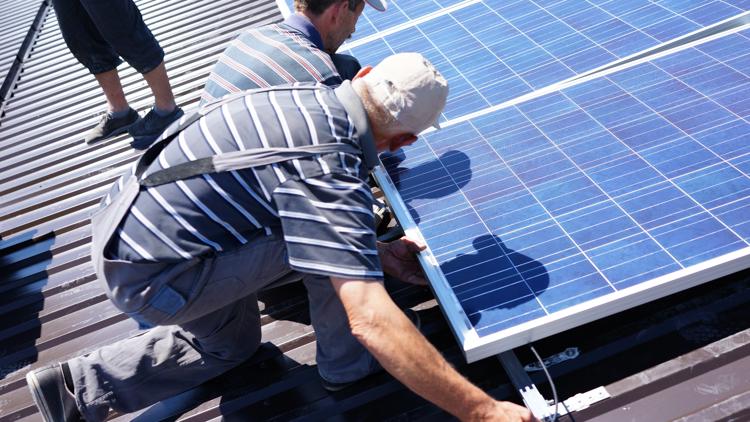MONTGOMERY, Ala. — New costs for third-party power generation in Alabama come as the state is falling behind the country in adopting renewable energy.
“Clean energy is surging in its adoption,” Brendan Pierpont, director for electricity modeling for Energy Innovation, a nonpartisan energy and environment think tank. “It’s really the largest source of new capacity additions on the grid nationwide.”
According to the International Energy Agency, a Paris-based autonomous intergovernmental organization, renewable energy has become increasingly common, going from a market share of less than 20% in 2000 to a projected market share of more than 40% by 2028.
The possibilities vary depending on location and the climate. Experts say the possibility for wind energy is best in the middle of the country while geothermal energy is likely in the western states and solar is favorable for the South.
Clean energy has become cheaper to produce over time, in part due to the cost structure.
Non-renewable sources of power, such as coal, require labor and infrastructure to allow extraction and production.
In renewable energy, said Pierpoint, nearly all the cost is tied to the upfront cost of building the power plant.
“Once they are built, there are really minimal operations and maintenance costs to keep those projects operating,” Pierpont said. “In contrast to coal and gas, a large portion of the costs is the fuel and some of the other operational costs of running the plant.”
Relative to other states, Alabama lags in renewable energy generation. Alabama’s percentage of utility-based renewable generation grew to about 11% as of May 2024, according to the EIA. Nationwide, the percentage was 25%.
According to the U.S. Energy Information Administration, about 10% of Alabama’s total energy generation in 2022 came from renewable sources, with most of that (70%) coming from hydroelectric power. Only 6% of Alabama’s renewable energy production came from solar energy.
Hydroelectric power is about 90% of Tennessee’s renewable energy production. Renewables make up 14% of Tennessee’s power generation. Georgia gets 14% of its energy from renewables, with almost half of that coming from solar power. Florida gets 7% of its power from renewable energy, with about three-fourths of that coming from solar power. Mississippi gets about 3% of its powers from renewables, mostly through biomass.
Texas got about 30% of its power from renewable energy in 2023.
According to Alabama Power, the state’s largest utility, it splits its energy roughly equally among coal, natural gas and clean energy. Of the 35% of its power generation that comes from clean energy, Alabama Power says two-thirds comes from nuclear energy sources and 20% comes from hydroelectric power.
“Alabama Power is proud to support the growth of clean energy generation in Alabama,” Alabama Power said in its statement. “More than one-third of the electricity Alabama Power generates for customers comes from clean energy sources, like solar and hydro. Additionally, Alabama Power has 570 MW of solar facilities completed or approved to start construction that could be online by 2028.”
The Tennessee Valley Authority, a federal agency providing power to customers in northern Alabama, said in a financial statement earlier this year that it generated about 42% of its power from nuclear plants in 2023; 31% from natural gas or oil-fired plants; 14% from coal plants; 9% from hydroelectric sources and 4% from solar, wind, biomass or other renewable sources.
Firms such as Alabama Power may only generate revenue by charging rates on power produced by power plants and equipment that they own, according to Steve Cicala, associate professor of economics at Tufts University, whose work focuses on the economics of regulation.
The company earns nearly nothing on electricity that it purchases from third-party energy producers.
“Alabama Power would much rather own a billion-dollar power plant and earn a rate of return on that billion-dollar power plant than buy power that is owned by someone else,” Cicala said.
This article originally appeared in the Alabama Reflector, an independent, nonprofit news outlet. It appears on FOX54.com under Creative Commons license CC BY-NC-ND 4.0.



